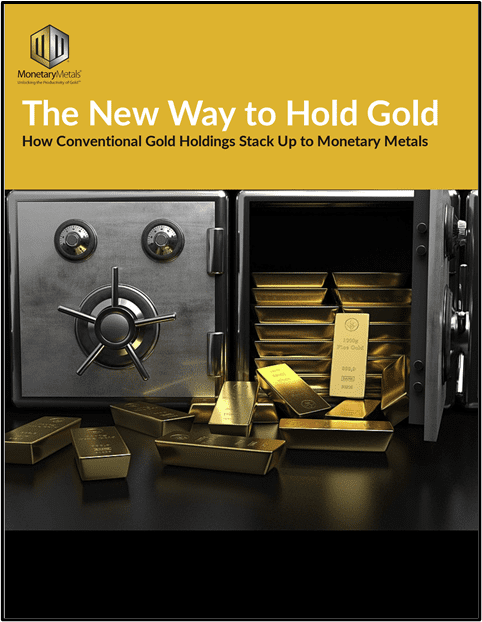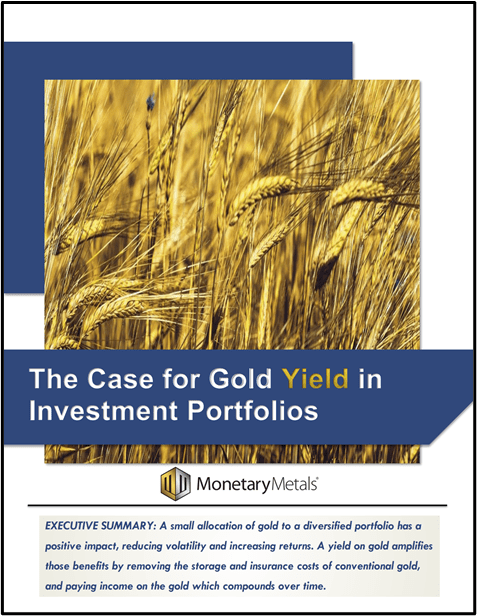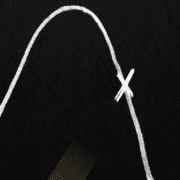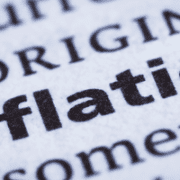Real vs. Nominal Interest Rates
What is the real interest rate? It is the nominal rate minus the inflation rate. This is a problematic idea. Let’s drill deeper into what they mean by inflation.
Apples, Oranges and the Consumer Price Index
You can’t add apples and oranges, or so the old expression claims. However, economists insist that you can average the prices of apples, oranges, oil, rent, and a ski trip at St. Moritz. This is despite problems that prevent them from agreeing on what should be included.
One problem is that we no longer need buggy whips. If buggy whips had been in the Consumer Price Index (CPI) before the advent of the car, what do you do when it goes out of general use? Substitute driving gloves (which most people don’t use)?
Another problem is that cars are vastly superior today than they were 50 years ago. Having had a chance to drive a classic 1965 Mustang with drum brakes, I can tell you it was scary to drive on the highway at 55 mph. I didn’t dare drive it faster, as the stopping distance felt like it would probably be half a mile. But, of course, every car on the road was whizzing past me at +20mph. Cars today cost more. How much do we attribute to inflation, and how much to the fact that they are better and contain many more gadgets?
More problems with CPI than meet the eye
Worse still, the process of determining which items to include in CPI is politicized. Pensioners and union workers want CPI to rise as much as possible, because their income is tied to it. Pension fund managers want CPI to rise as little as possible, because their obligation is tied to it. Government officials also want a low CPI, as high inflation may be viewed as a measure of their mismanagement of the economy.
Finally, the effort to calculate the cost of living assumes that we can agree on what living means. To some, it may mean a rural lifestyle, cooking simple meals in a paid-off trailer. To others it may mean a rented urban rent loft, eating at hip foodie restaurants every night. To a large group of baby boomers, it means owning a large house, driving a BMW, and sending the kids to private school.
The very theory of measuring the CPI as an indicator of inflation is flawed. Unfortunately, that doesn’t stop the government from compiling a CPI, and helpfully providing it to the economics and finance professions.
One use for the CPI is to adjust the interest rate. Let’s look at how this works.
How to calculate the “real” interest rate
There is an actual rate at which actual lenders actually lend and actual borrowers actually borrow. Most days, the government conducts billions of dollars of transactions at this rate. Private parties conduct billions more.
So in keeping with the Orwellian character of our era, we’ll call this price observed in the market, the nominal rate.
Economists adjust this nominal rate. Guess what you get, if you subtract the CPI from the nominal rate of interest.
The real interest rate.
Got that? The nominal rate is the real market price and the real rate is when you subtract a controversial construct.
I often think that modern monetary economics has no redeeming virtue. However, whenever I think that’s too harsh, I come across a notion like real vs. nominal rates.
Make sure to subscribe to our YouTube Channel to check out all our Media Appearances, Podcast Episodes and more!
Additional Resources for Earning Interest on Gold
If you’d like to learn more about how to earn interest on gold with Monetary Metals, check out the following resources:
In this paper we look at how conventional gold holdings stack up to Monetary Metals Investments, which offer a Yield on Gold, Paid in Gold®. We compare retail coins, vault storage, the popular ETF – GLD, and mining stocks against Monetary Metals’ True Gold Leases.
The Case for Gold Yield in Investment Portfolios
Adding gold to a diversified portfolio of assets reduces volatility and increases returns. But how much and what about the ongoing costs? What changes when gold pays a yield? This paper answers those questions using data going back to 1972.









“It is well enough that people of the nation do not understand our banking and monetary system, for if they did, I believe there would be a revolution before tomorrow morning.”
Henry Ford
Agree–FUBAR–let’s hear it for sardonicism!!
The chaps in control seem to be in love with the SWAG
Possibly :)…
http://www.urbandictionary.com/define.php?term=SWAG
LOL the true meaning of SWAG = Sophisticated Wild Arse Guess